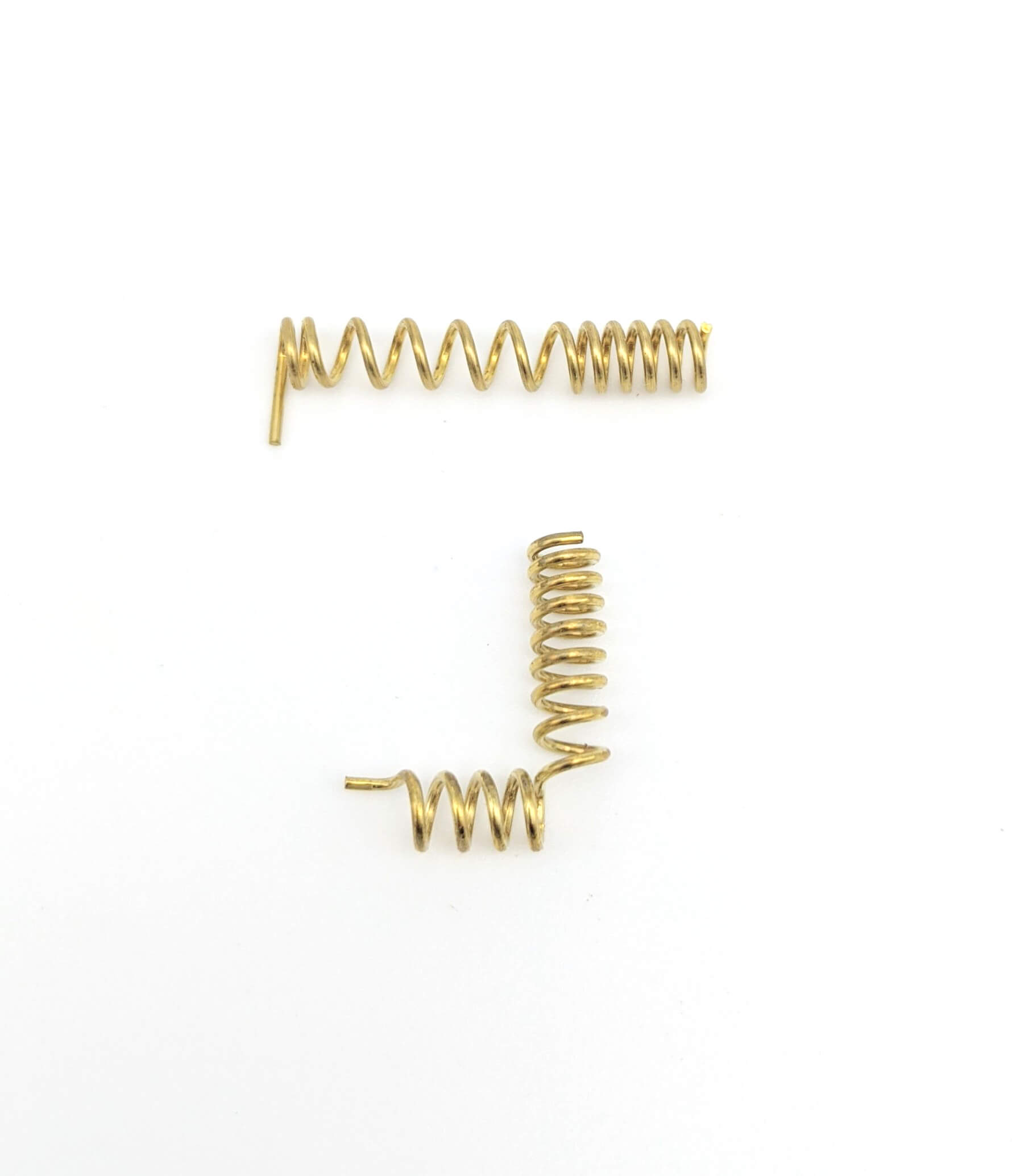Get unique, complex parts easily. No matter your requirements, Chaoyi Spring creates hard-to-produce coil springs and wire forms.
Let us help you create the custom wire form you need, from S-hooks and J-hooks to utility hooks and more.
We work closely with customers across a wide range of industries, helping them design and manufacture made-to-order parts.
Why choose Chaoyi Spring? We prioritize customer-focused collaboration, modern equipment and the latest technology to make your parts per print.
Find the information and guidance you need, from measuring a spring to learning about materials, placing an order and much more.
A garage door is a major investment in your home's security and convenience, but its smooth and reliable operation hinges on its torsion springs. These powerful coiled springs balance the


A garage door is a major investment in your home's security and convenience, but its smooth and reliable operation hinges on its torsion springs. These powerful coiled springs balance the weight of the door, making it easy to open and close. Over time, however, these springs can wear out, lose their tension, and pose a serious safety hazard. If you notice your garage door becoming harder to open or close, or if you hear strange noises during operation, it's a clear sign that you need to replace your torsion springs. While this task might seem daunting, with the right knowledge and tools, it's a DIY project you can tackle successfully and safely. This guide will walk you through the process of changing garage door torsion springs, covering everything from safety precautions to step-by-step instructions.

Garage door torsion springs are essential for balancing the weight of the door, allowing it to open and close effortlessly. They are located above the door, typically at the center, and are under high tension. If you're planning to replace them, it's crucial to understand the risks involved. These springs store a massive amount of potential energy, and if they snap, they can cause serious injury or even death.
Before you attempt any work on your garage door, disconnect the power supply to the garage door opener. Then, manually detach the door from the opener trolley, ensuring it is securely locked in the closed position using a door lock or a piece of wood. It's also advisable to wear safety glasses and gloves to protect yourself from any flying debris.
The first step in replacing your garage door torsion springs is to identify the correct type and size. Garage door torsion springs come in various lengths, diameters, and winding directions. Knowing these specifications is crucial for getting the right replacement.
To determine the correct springs, you'll need to measure the following:
Once you have these measurements, you can locate the right torsion springs for your garage door. You can consult a garage door specialist or visit a local hardware store or online retailer to find the correct replacements.
Before you start the replacement process, gather the necessary tools and materials:
Now, let's get into the process of replacing the garage door torsion springs. Remember to always prioritize safety and follow these steps:
Remember to take your time and prioritize safety throughout the process. If you feel uncomfortable at any stage or encounter any difficulties, it's always best to consult a qualified garage door technician.
Working with garage door torsion springs requires utmost caution. These springs are extremely powerful and can cause serious injuries if handled improperly. Here are some key safety considerations to keep in mind:
Replacing garage door torsion springs can be a rewarding DIY project if done correctly and safely. By following this step-by-step guide, you can ensure a smooth and reliable garage door operation for years to come. Remember, prioritize safety above all else and don't hesitate to seek professional assistance if needed. A safe and functional garage door is an essential part of your home's security and peace of mind.
Changing your garage door torsion springs can be a straightforward task, but it requires careful attention to detail and safety precautions. The right tools and knowledge will empower you to tackle this project effectively and confidently. If you have any doubts or concerns, don't hesitate to call in a professional garage door technician. A little effort now can ensure a smooth, reliable, and safe garage door for years to come.
Browse some of the custom wire forms and springs that we manufacture. Don’t see what you need? We specialize in made-to-order products that meet your application requirements.
Visit Our GalleryNeed a custom wire form or coil spring? We make it work. Fill out the contact form and a representative will respond within 1 business day. If you have a PDF or CAD file, you can submit to request a quote.